Imagine you just launched an online marketplace for homemade candles. You’re excited, and your website looks great, but there’s a problem….
No buyers want to visit an empty store, and no sellers want to list their products if there are no buyers. That’s the classic chicken-and-egg problem in marketplaces.
You need supply to attract demand, but you also need demand to pull in more supply.
So how do you break this cycle?
Let’s dive into what the chicken-and-egg problem means in the context of a marketplace and explore some proven strategies to break the cycle and get things moving.
Understanding the Chicken-and-Egg Problem in Marketplaces
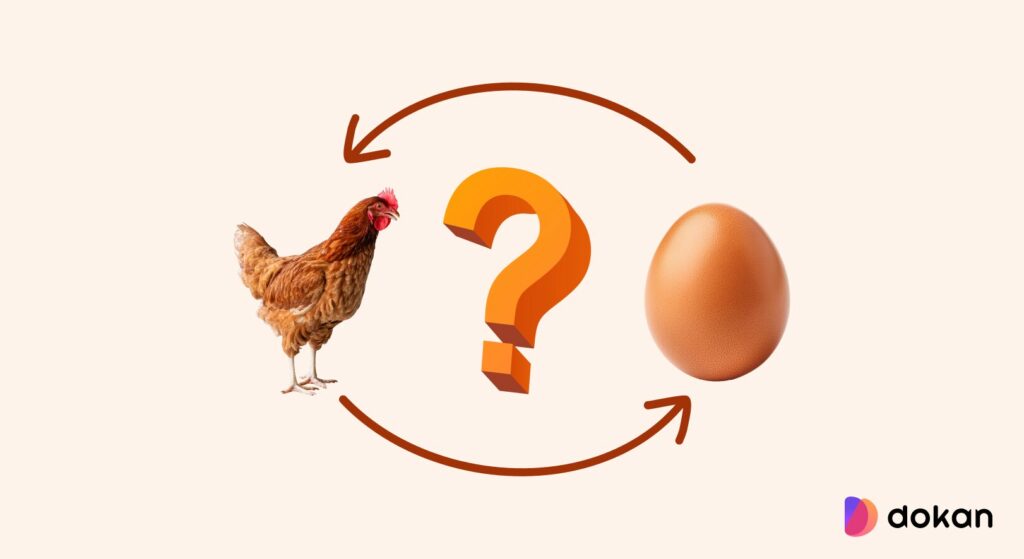
Before we dig into solutions, let’s ensure we’re all on the same page about what the chicken-and-egg problem means in the marketplace world.
A marketplace is a platform that connects two groups of people who benefit from each other. Think Uber (drivers vs. riders), Airbnb (hosts vs. guests), or Etsy (sellers vs. buyers). The catch is, that these groups rely on each other to create value.
But here’s the rub: You can’t have one without the other.
- You can’t attract buyers without enough sellers.
- You can’t attract sellers without enough buyers.
So, how do you build a successful marketplace when you’re stuck in this cycle of interdependence?
Let’s explore some solutions together…..
Proven Strategies to Solve the Problem
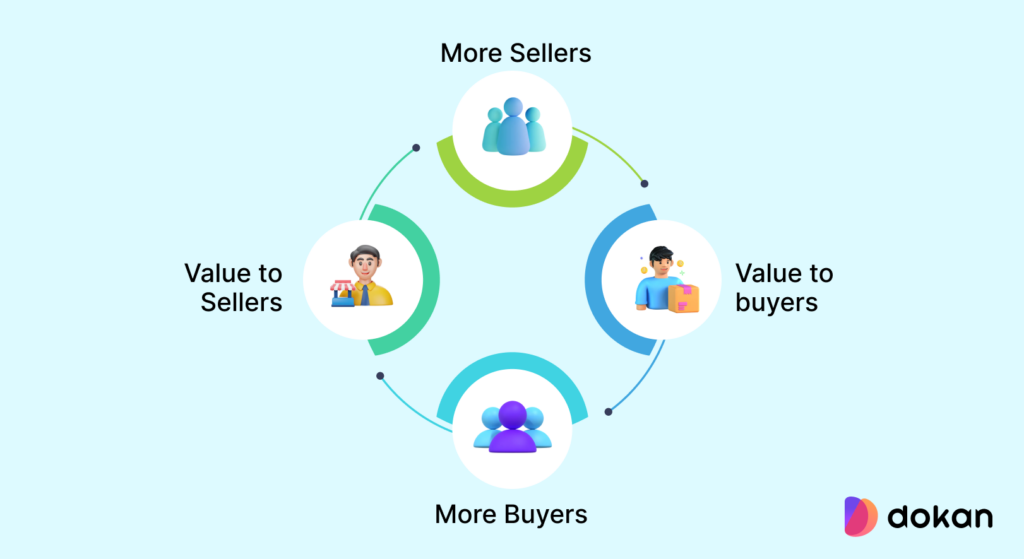
Our challenge is to break the chicken-and-egg cycle and get both sides of the marketplace interacting. Here are some strategies that have worked for others and might work for you, too.
1. Start with a Niche Market
Instead of trying to appeal to everyone from day one, focus on a smaller, more manageable group to build initial momentum. Smaller groups are easier to engage. Once you’ve nailed it there, you can scale up.
When Airbnb first launched, it wasn’t the global property-sharing giant we know today. It started small—offering short-term rentals for attendees at major conferences in San Francisco. This gave Airbnb a specific, eager audience that was already looking for accommodations.
Pro Tip: Choose a niche where there’s an obvious gap, somewhere people are already struggling to connect with the other side.
2. Build Supply First
While it’s tempting to rush in and try to get both sides of the marketplace going at once, sometimes it’s best to build supply first. A robust supply can make the platform look more appealing to potential buyers or users.
If you have a solid base of providers (like Uber drivers, Airbnb hosts, etc.), demand (like riders, guests, etc.) is more likely to follow. When Uber first started, they onboarded drivers before they started pushing for riders.
You can offer incentives such as guaranteed earnings or early-bird bonuses, to get more suppliers to join. This creates an attractive environment for demand to follow.
3. Incentivize Early Adopters
Attracting your first users—whether on the supply or demand side—can be tough. One way to encourage people to join early is by offering perks, rewards, or discounts. Early adopters love feeling like they’re part of something exclusive.
For example, PayPal’s strategy was to offer $10 to new users who signed up and invited others to do the same. That early incentive helped the platform grow rapidly.
Make sure the rewards are meaningful and sustainable. You want people to be excited to join, but you don’t want to break the bank with incentives that aren’t scalable in the long run.
4. Act as the Initial Participant
This one’s a bit more hands-on, but it can be a clever way to simulate activity when you’re starting from scratch. In the early days, you can “play the role” of one side of the marketplace to make it look like things are already happening.
You may amazed to know that early Etsy employees would list products on the platform to make it look active and attract real sellers. Similarly, some early Uber founders would ride in cars to simulate demand.
This works best for digital products or services but can also be used for physical goods in some cases.

Subscribe to
Dokan blog
5. Partnerships and Collaborations
You can leverage partnerships with established businesses, events, or communities to get initial traction. Partnering with companies that already have large audiences can create a win-win situation.
Uber partnered with large events and conferences to guarantee a flow of riders. Similarly, Etsy worked with craft fairs to bring in new sellers and customers.
Look for existing platforms or events where your target audience already hangs out and discover if there’s a way to collaborate for mutual benefit.
6. Create Network Effects
One of the biggest advantages of a marketplace is the network effect—the idea that the more people join, the more valuable the platform becomes. Show potential users the benefits of joining by highlighting how the platform grows as more people use it.
LinkedIn encouraged people to invite their connections, making it more useful as their network expanded. Similarly, Uber showed the value of having more drivers by offering a more seamless and efficient experience.
You can use Testimonials, success stories, and user-generated content to highlight the value of joining.
7. Partner With Key Players
When you’re launching a marketplace, attracting your first users is the hardest part. Instead of trying to convince hundreds of people one by one, a smart shortcut is to partner with influential figures in your industry.
These “key players” already have an audience that trusts them. And if they join your marketplace, their followers will likely follow.
Let’s say you’re launching a platform for fitness trainers to offer virtual workout sessions. If you try to get hundreds of unknown trainers at once, it could take forever.
But if you partner with just a few well-known trainers in your city, they bring instant credibility. Their followers will see them using the platform and be more willing to sign up.
This strategy isn’t just for fitness. It works for any marketplace.
Airbnb first targeted big events like the Democratic National Convention in 2008, where attendees needed lodging. By getting a few key homeowners to list their spaces, they created the foundation for their marketplace to grow.
8. Launch in Phases
Trying to go big from day one is one of the biggest mistakes new marketplaces make. If you spread yourself too thin, you won’t have enough supply or demand in any single location to make your platform useful. Instead, launching in phases allows you to focus, learn, and grow gradually.
When DoorDash started, they didn’t try to serve every city at once. They began in Palo Alto, California, perfecting their system with a small number of restaurants.
This allowed them to fix issues, build relationships, and gain a strong reputation before expanding to other cities.
By narrowing your focus, you avoid spreading yourself too thin and increase your chances of success.
9. Make It Easy for Users to Invite Others
The best marketplaces grow through word-of-mouth. When people naturally tell their friends about a great experience, it creates organic growth without expensive marketing.
But word-of-mouth doesn’t just happen—you have to encourage it.
PayPal needed both buyers and sellers to use their service, but getting people to trust a new online payment system wasn’t easy.
Their solution? They offered $10 to every new user and another $10 if they referred a friend. This simple incentive led to explosive growth, with millions signing up.
When people see value in inviting others, they become your best marketers.
10. Build Trust From Day One
No one wants to be the first person to try a marketplace if they’re unsure about its safety, reliability, or quality. Trust is everything.
If users don’t feel confident in your platform, they won’t participate—no matter how great your service is.
Etsy is a marketplace for handmade and vintage goods. Buyers worried about scams, so Etsy put measures in place like verified seller profiles, customer reviews, and a secure payment system.
This made shoppers feel safe, which helped Etsy grow into the massive platform it is today.
Trust isn’t built overnight, but every small step makes a difference. When users feel safe, they’re more likely to participate—and stick around.
Solve the Chicken-and-Egg Problem in Your Marketplace
The chicken and egg problem can feel frustrating, but every successful marketplace owner has found a way through it.
Whether you start with one side, tap into existing communities, or create early incentives, the key is to take small, strategic steps.
Once you get the ball rolling, momentum builds, and your marketplace can grow into something big.
Would love to hear—have you ever faced a chicken-and-egg challenge in your business? How did you handle it? Let’s chat in the comments!
Subscribe to
Dokan blog
We send weekly newsletters, no spam for sure!


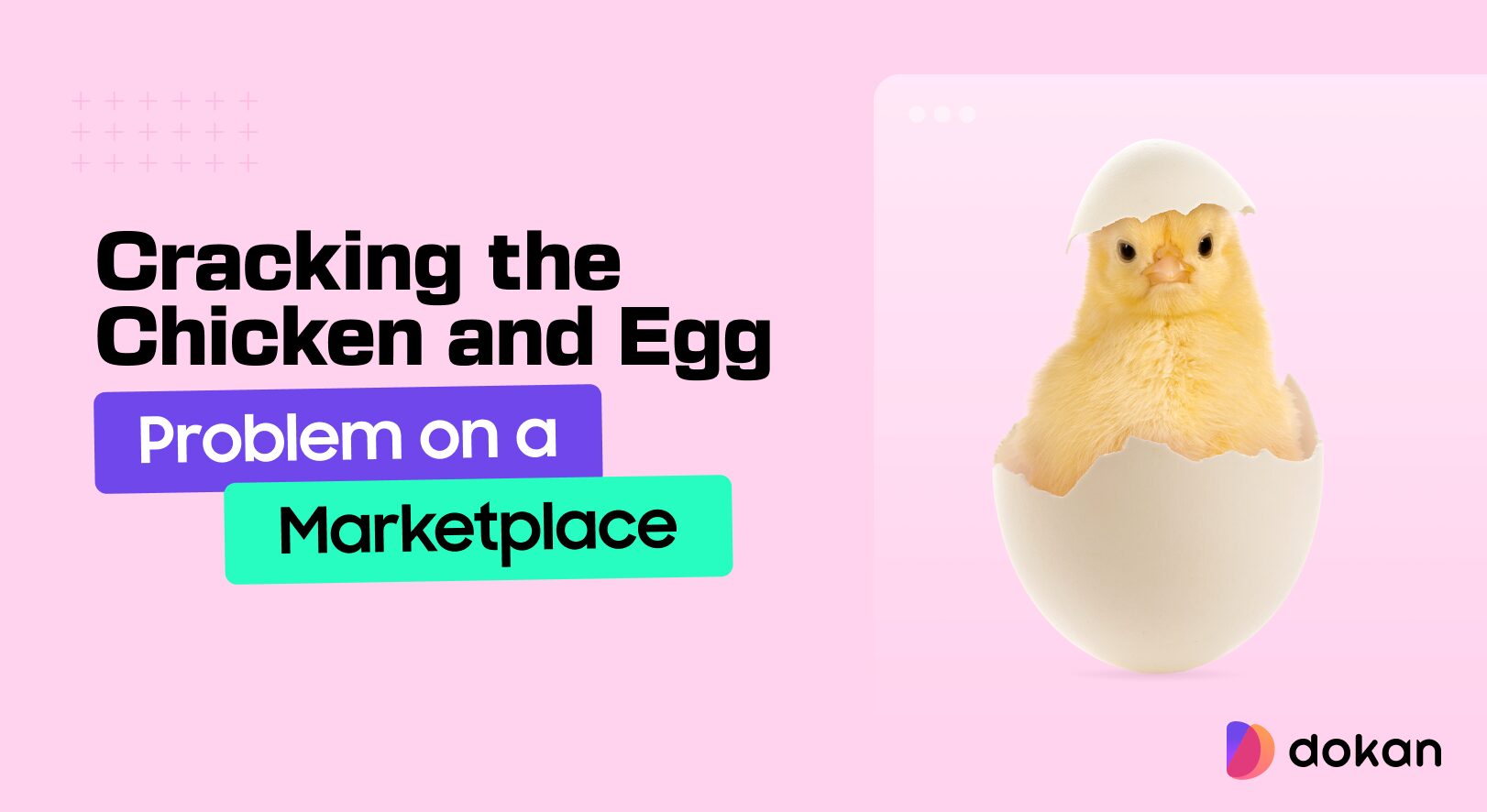
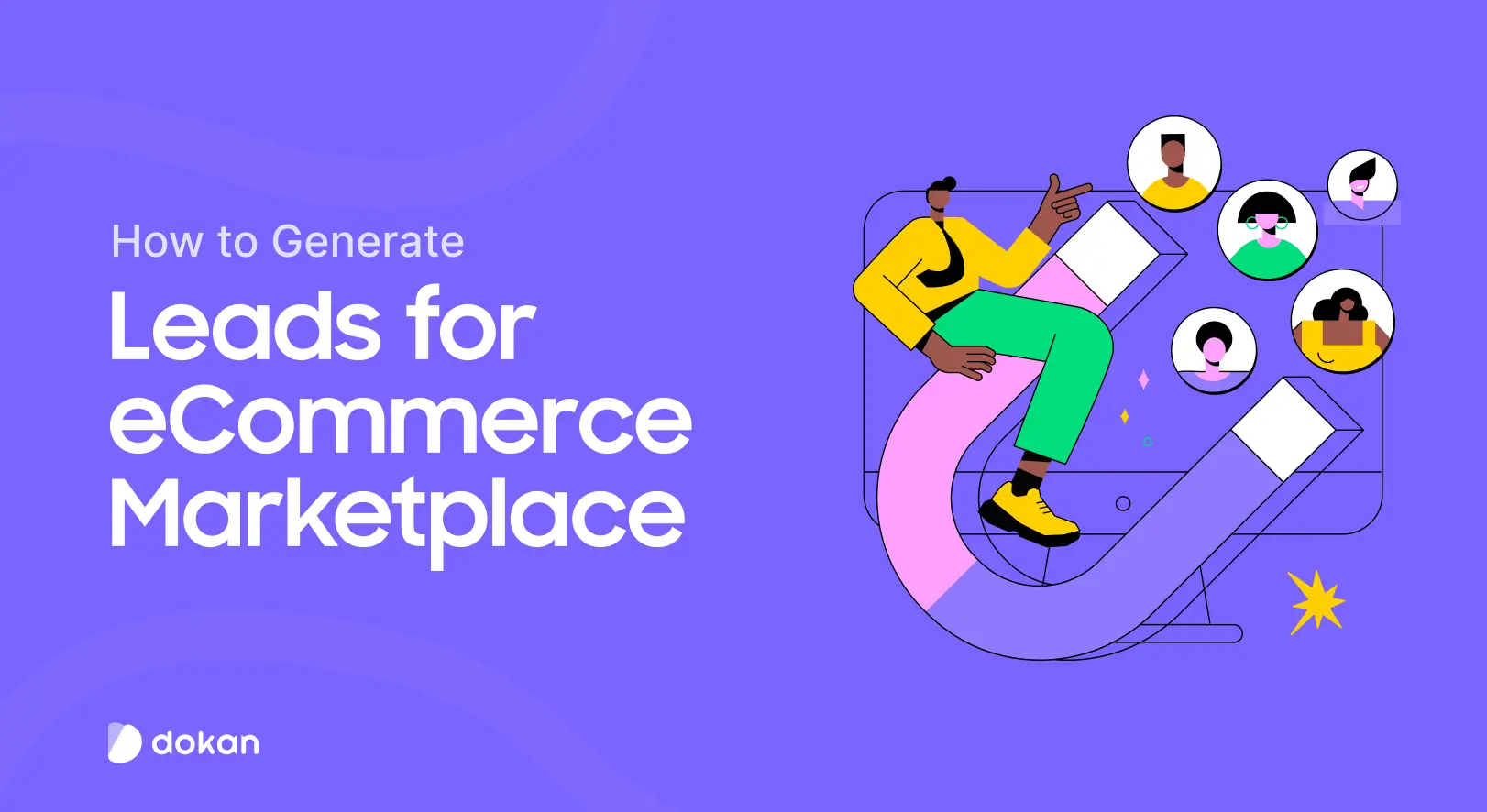
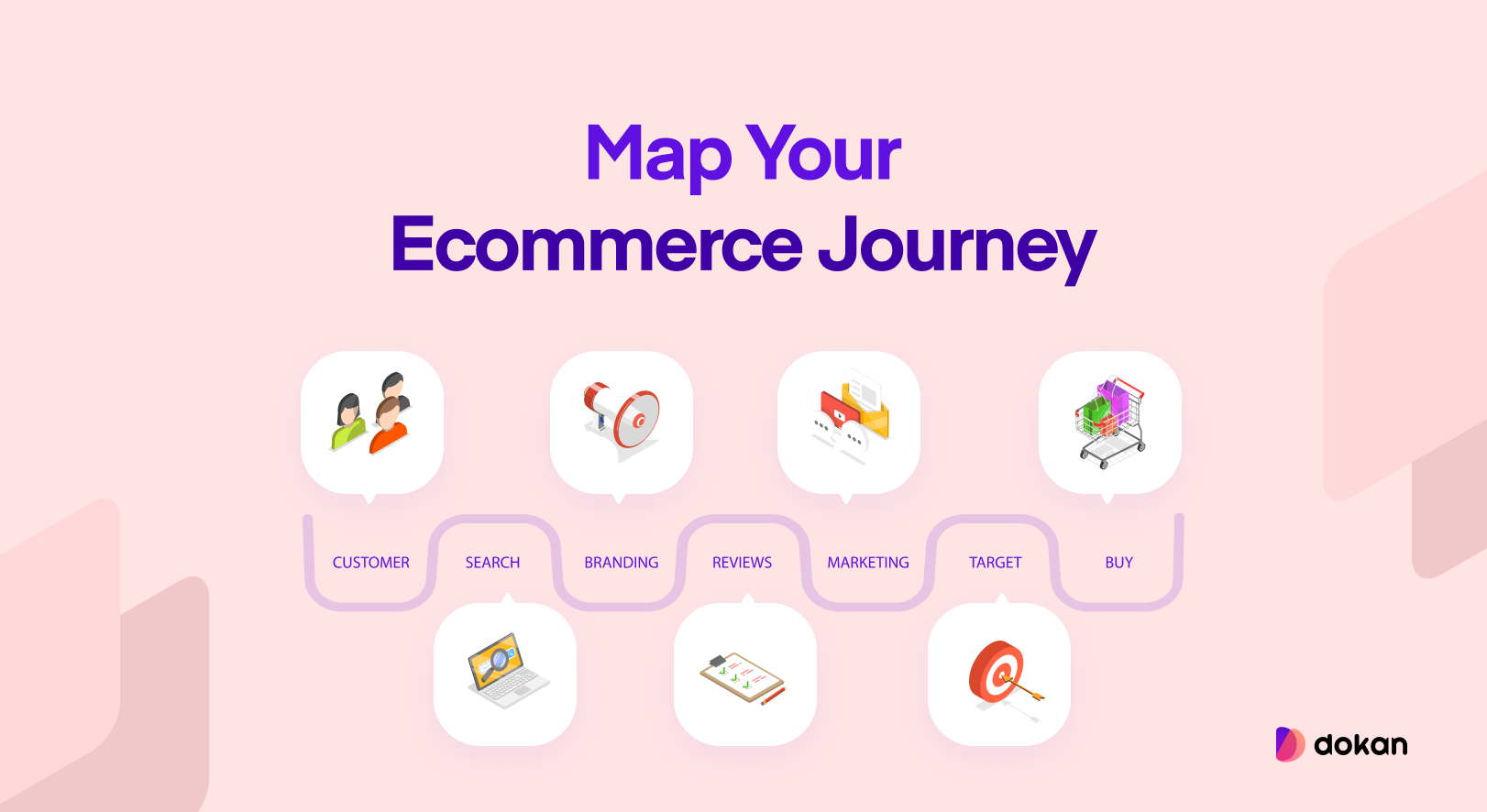
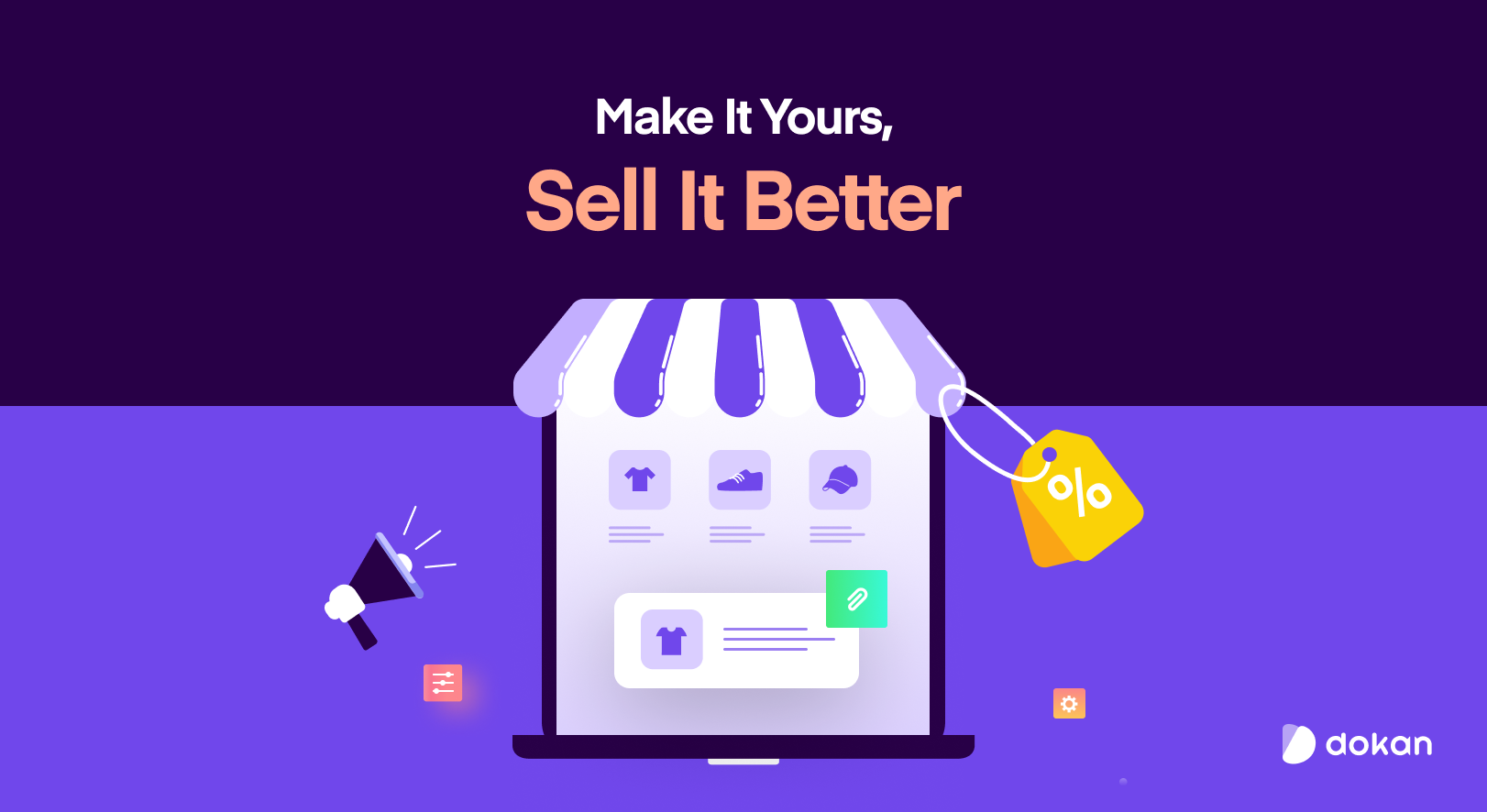
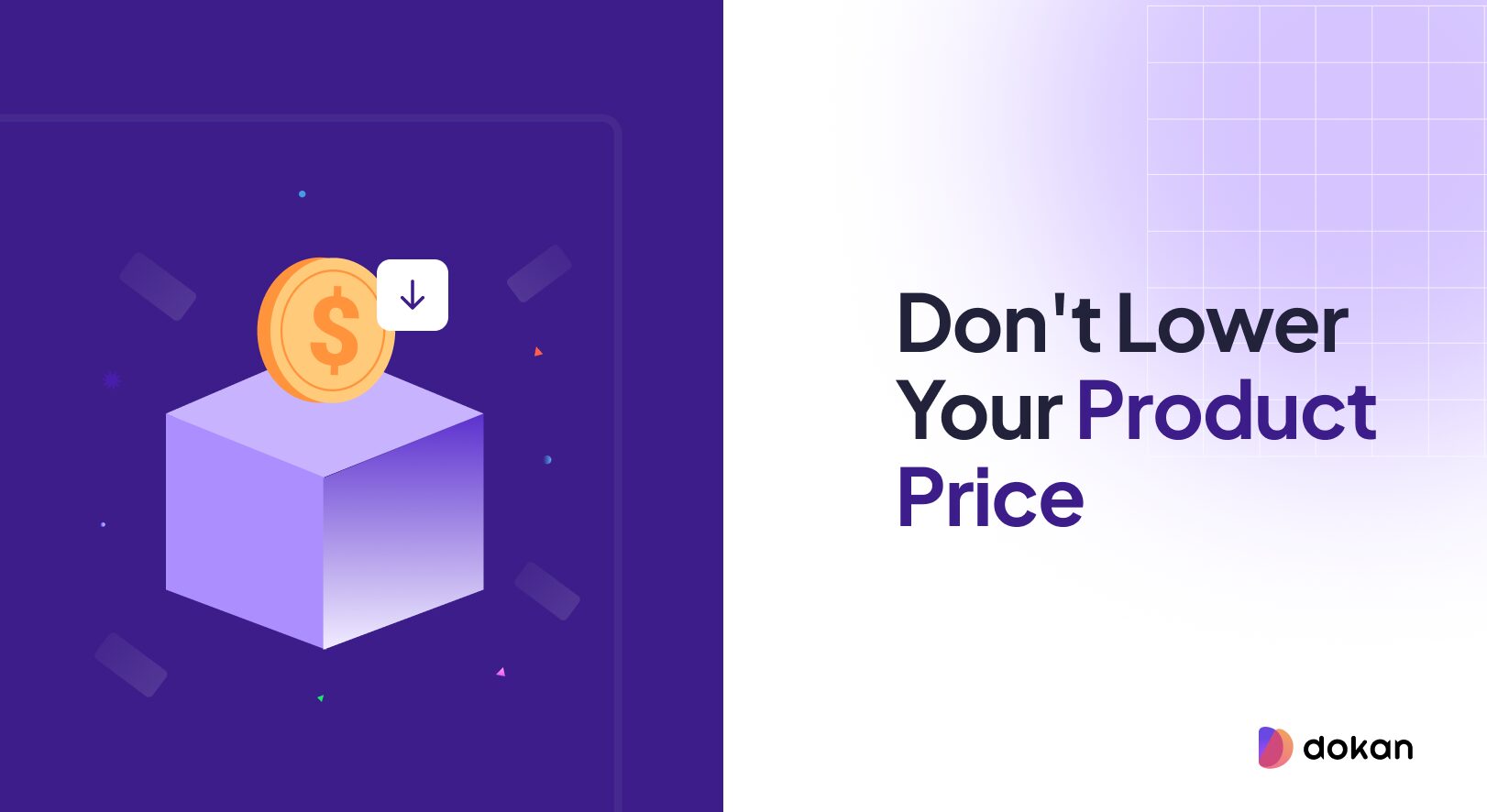

Leave a Reply